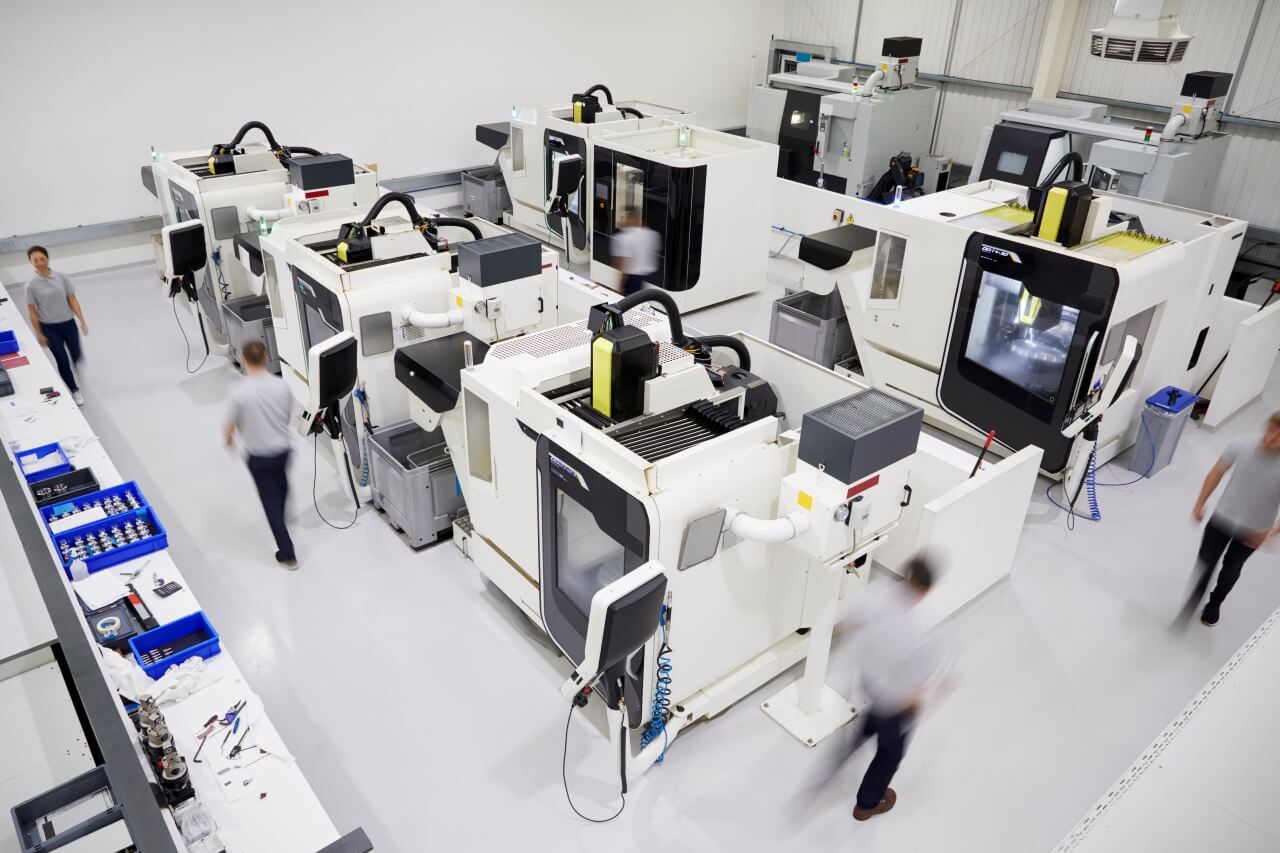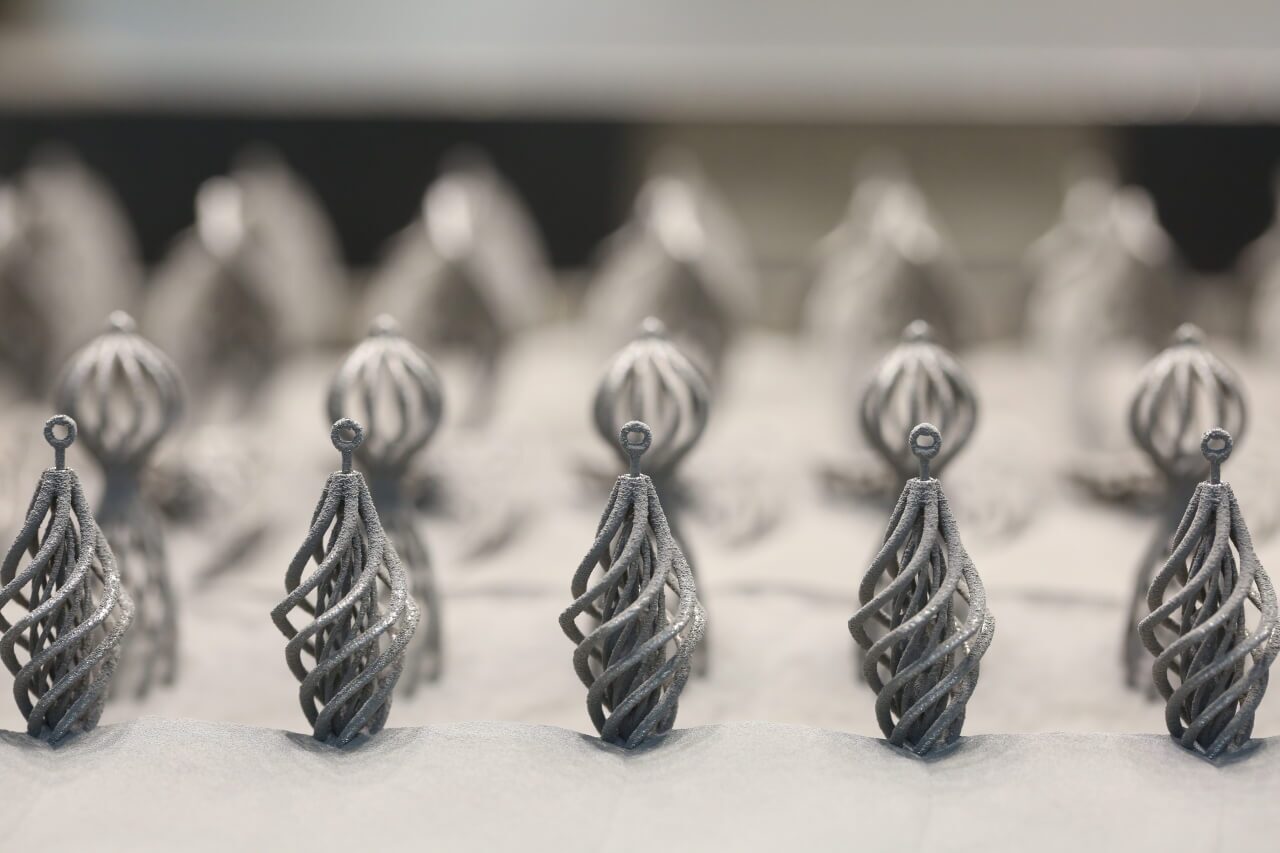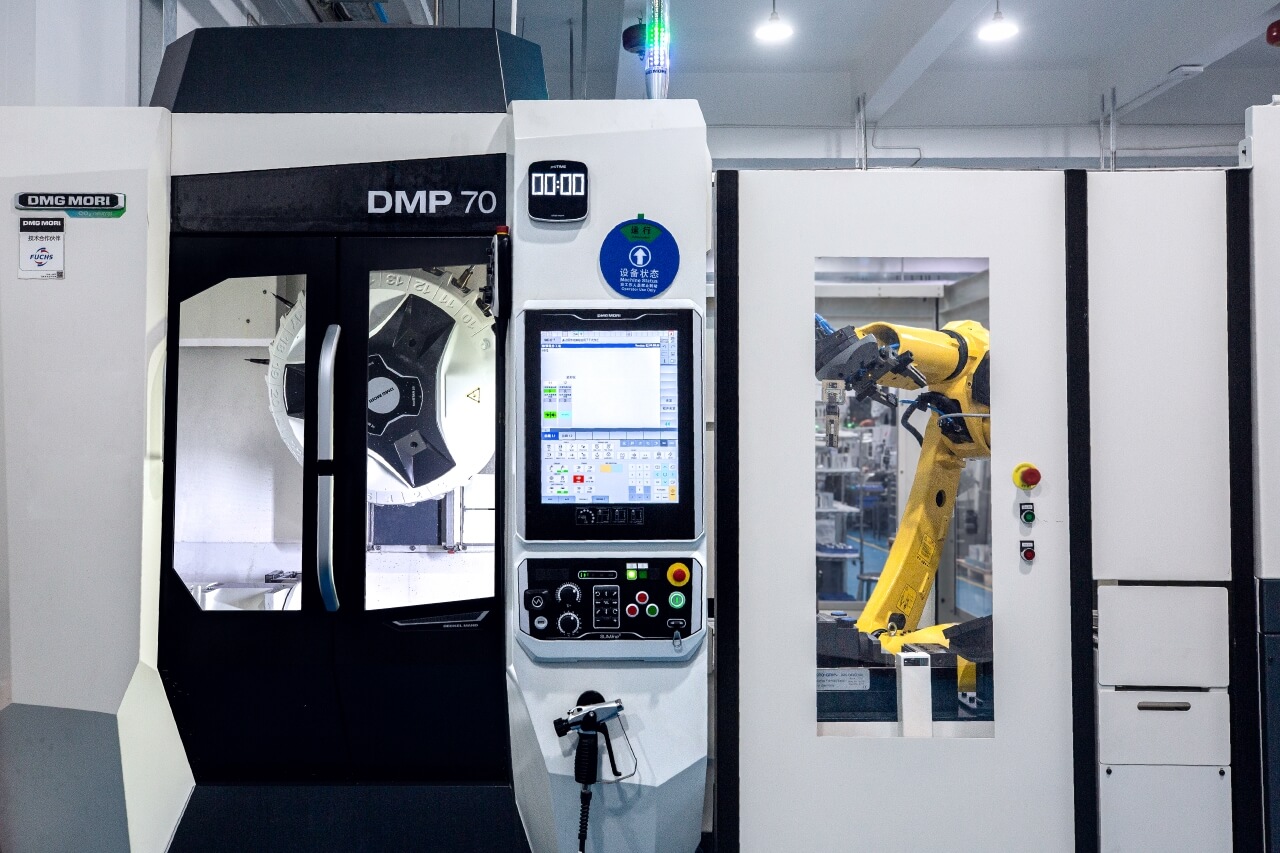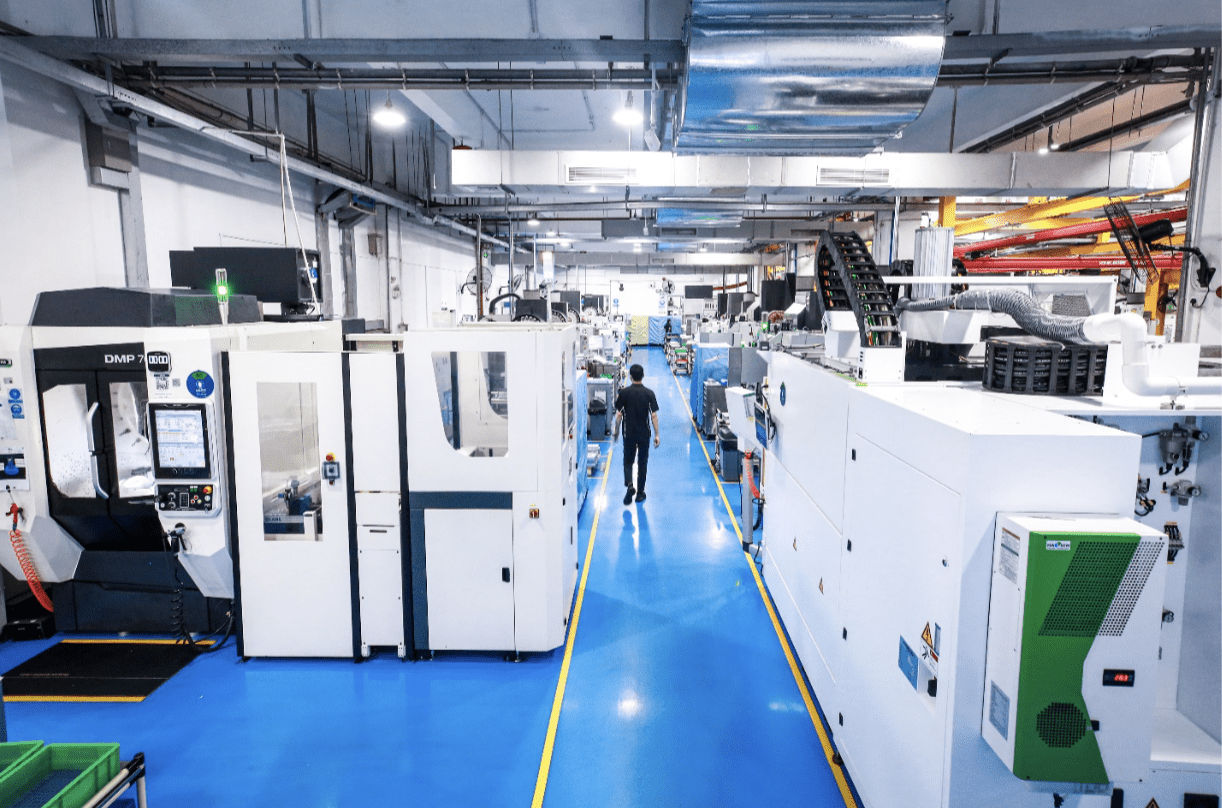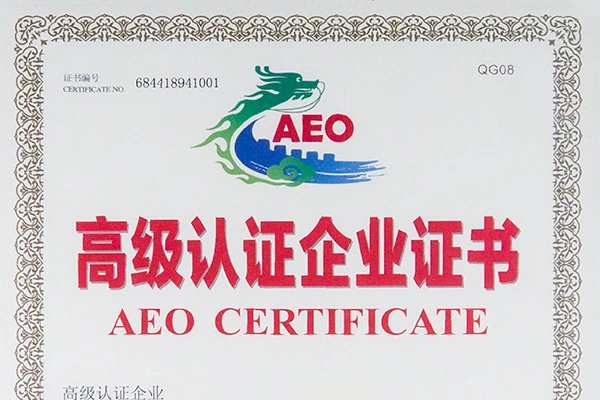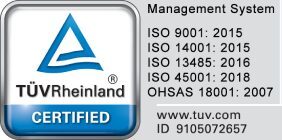There are so many new and emerging technologies being developed for metal 3D printing that it can be hard to keep up with a dizzying array of acronyms, machines and applications. One of the most common types of metal 3D printing being used at the moment is powder bed fusion. Here’s what you need to know.
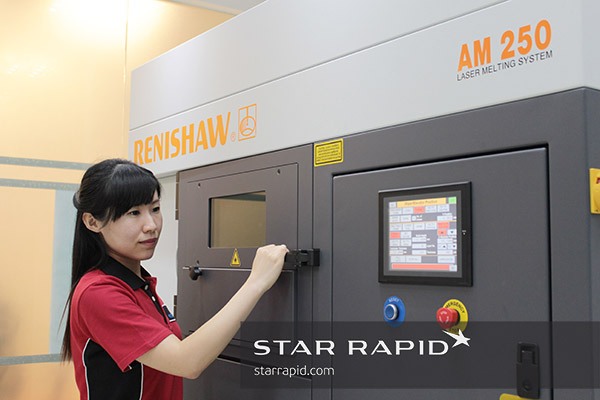
What is Powder Bed Fusion?
Powder bed fusion is an additive manufacturing technology which creates a 3D part one layer at a time using a fine powder as the print medium. This powder is sintered or melted with either a laser or an electron beam as the heat source. Sintering and melting result in different outcomes but both are types of powder bed fusion metal printing.
What is Sintering in 3D Printing?
Sintering is the use of heat and mechanical compaction to form a solid object from a powder at a temperature below the melting point of the material. Sometimes a binding agent is used to help hold the structure together during the build, which will later be burned off during the curing cycle in an oven. This approach has certain advantages in terms of speed and ease of use for making 3D shapes, but the resulting product is not as dense or strong as one that’s been melted.
What is Melting in 3D printing?
In this type of printing, the powder is heated above its melting point, so that particles are welded together into a completely dense solid. Such a system requires a higher power energy source and more controlled conditions inside the build chamber to produce stable results.
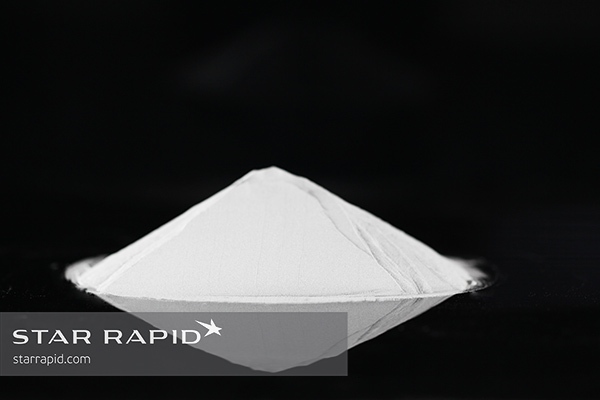
Familiar laser-based systems are known as Selective Laser Melting (SLM), Direct Metal Laser Sintering (DMLS) or Direct Metal Laser Melting (DMLM). These are designations originally created by the machine manufacturers but which have now become industry standard terms.
How Does it Work?
Although machine makers have slightly different systems, they generally follow the same process flow. After a 3D CAD drawing has been prepared, software in the control system divides this file into thousands of 2D layers. This information, along with process control parameters, is then fed into the printing machine.
Inside of a sealed chamber in the printer, powder is spread on the surface of a build plate. A laser or electron beam will selectively melt or sinter the first layer of powder while also anchoring it to the build plate. Then the platform is lowered by the depth of one layer. Additional powder is recoated over the surface with a blade or wiper, and the process repeated for the next layer.
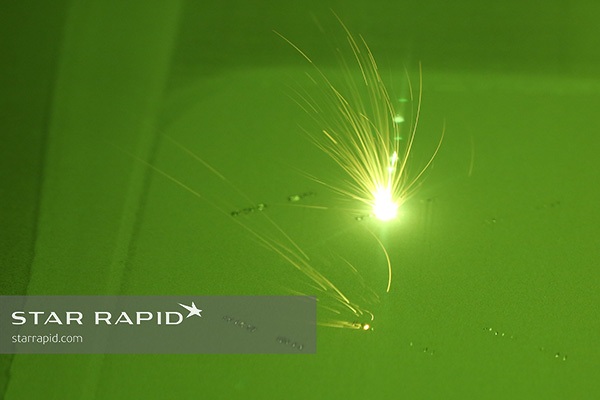
In sintering systems, the surrounding powder is partially fused by the electron beam. This semi-hardened material can then act as an additional physical support to hold the structure in place during the build. In other laser-based systems, supports must be designed into the program which are then removed after printing.
What are the Advantages of Using Powder?
Powder can be made in very pure form and is easily stored and transported. Inside of the machine it pours and flows well, and can be compacted into a small volume to yield dense finished parts with relatively little porosity. Unused powder is easily recycled so there’s little waste.
Are There Disadvantages to Using Powder?
Not all powders are created equal. The more high-quality and expensive powders will have spherical grains of nearly identical size. Others can be very coarse in grain size and structure, yielding a more rough finish with greater porosity and hence less strength.
Metal powders have a lot of exposed surface area, so they tend to absorb moisture from the environment and can rapidly oxidize. This requires that they be handled carefully and processed either in an atmospherically sealed chamber or using a shielding gas. There are also relatively few metal alloys commercially available.
Finally, laser systems melt powder with high-energy photons of light. But light can be reflected or scattered by the powder, reducing efficiency and creating defects. Higher power lasers are then used to compensate for this, which introduces other concerns about thermal warping.
What is the Advantage of Powder Melting Instead of Sintering?
The main disadvantage to sintering is that the finished part is not fully dense, being more porous and hence less strong. Also, sintered parts need to go into a sintering oven to burn off any binding agents and to fully cure the build. This adds an additional process step and cost.
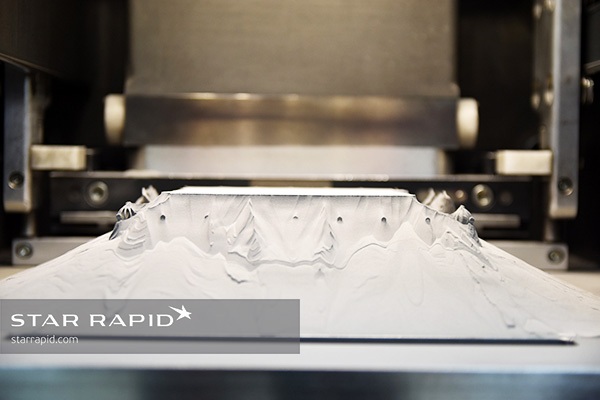
Learn more about 3D printing in our online tutorials.


